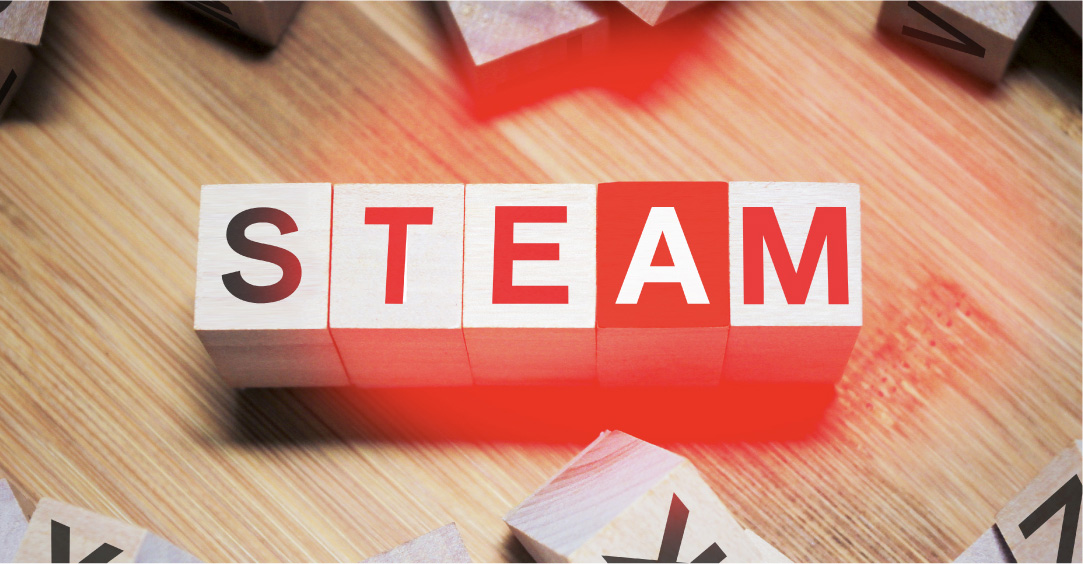DMatters August 2017 Issue
 Spark off STEAM-powered classrooms
Spark off STEAM-powered classrooms
Finland is celebrating 100 years of independence throughout this year. While the centenary offers a perfect reason for a great big party, it is also an occasion for outsiders to learn from this country. Not to mention Santa Claus Village, schooling would be the top-of-mind topic when we talk about Finland.. When many students in Hong Kong are still longing for fewer homework, subjects, classes and tests, Finnish educators prove that these are all possible and their students are enjoying the best of their childhood. That isn’t it - Finland is changing its top-ranking education system to a phenomenon-based learning that cuts off standard subjects. The approach enables students to apply a variety of skills and knowledge in a single class as in real life, and experience more holistic, interdisciplinary learning.
When Finnish children are excited to welcome a new school term, students at the UK’s Royal College of Art (RCA) greet their recently appointed Chancellor, Jonathan Ive. Being the Chief Design Officer at Apple, Ive joins the RCA at a critical point in its evolution into a dynamic, STEAM-focused postgraduate university, expanding its research and knowledge exchange centres into the domains of computer and materials science, the impact of the digital economy, advanced manufacturing and intelligent mobility.
Innovation has been tightly associated with Science, Technology, Engineering and Mathematics (STEM), a worldwide education approach with an objective to equip students to meet the changes and challenges in our society and around the world with rapid economic, scientific and technological developments. Nevertheless, Rhode Island School of Design in the US proposed integrating Art & Design into STEM pedagogy to transform 21st century economy just as science and technology did in the last century. This STEAM movement (STEM + Art & design) has been widely accepted worldwide by institutions, corporations and individuals. RCA is obviously one of the supporters by advocating STEAM as well as hiring artists/ designers to drive innovation.
At the same time, many educators and school leaders are working to integrate design thinking into their classrooms. Design thinking in school is proved to have encouraging result in building creative confidence in the youth. Stanford University’s d. school helps students, educators as well as business executives develop their creative abilities and design social innovations in their respective areas of expertise. Some of our neighbouring economies such as Singapore is encouraging kindergarten children to do projects with designers, hence injecting creative thinking as part of their learning from a young age.
Programme for International Student Assessment (PISA) is a triennial international survey with an aim to evaluate education systems worldwide by testing chiefly science, mathematics and reading of 15-year-old students. In the most recent release of PISA, Singapore tops the chart in all three tests (and our knee-jerk response is to query where Hong Kong ranks). Teens from Hong Kong, as a matter of fact, closely follow Singapore in math and reading tests, and 7th in science.
Be it PISA test, robot making or piano recital, we are delighted to know Hong Kong students outshine others in internationally renowned competitions and awards. But then? Practically, we are heading to a creatively competitive future embracing advanced technology and digital intelligence. Integrating art & design in school curriculum is not to separate from STEM approach but, on the contrary, to introduce a holistic and creative pedagogy that is committed to growth and innovation for our next generation.
Click here for DMatters (August) full issue.